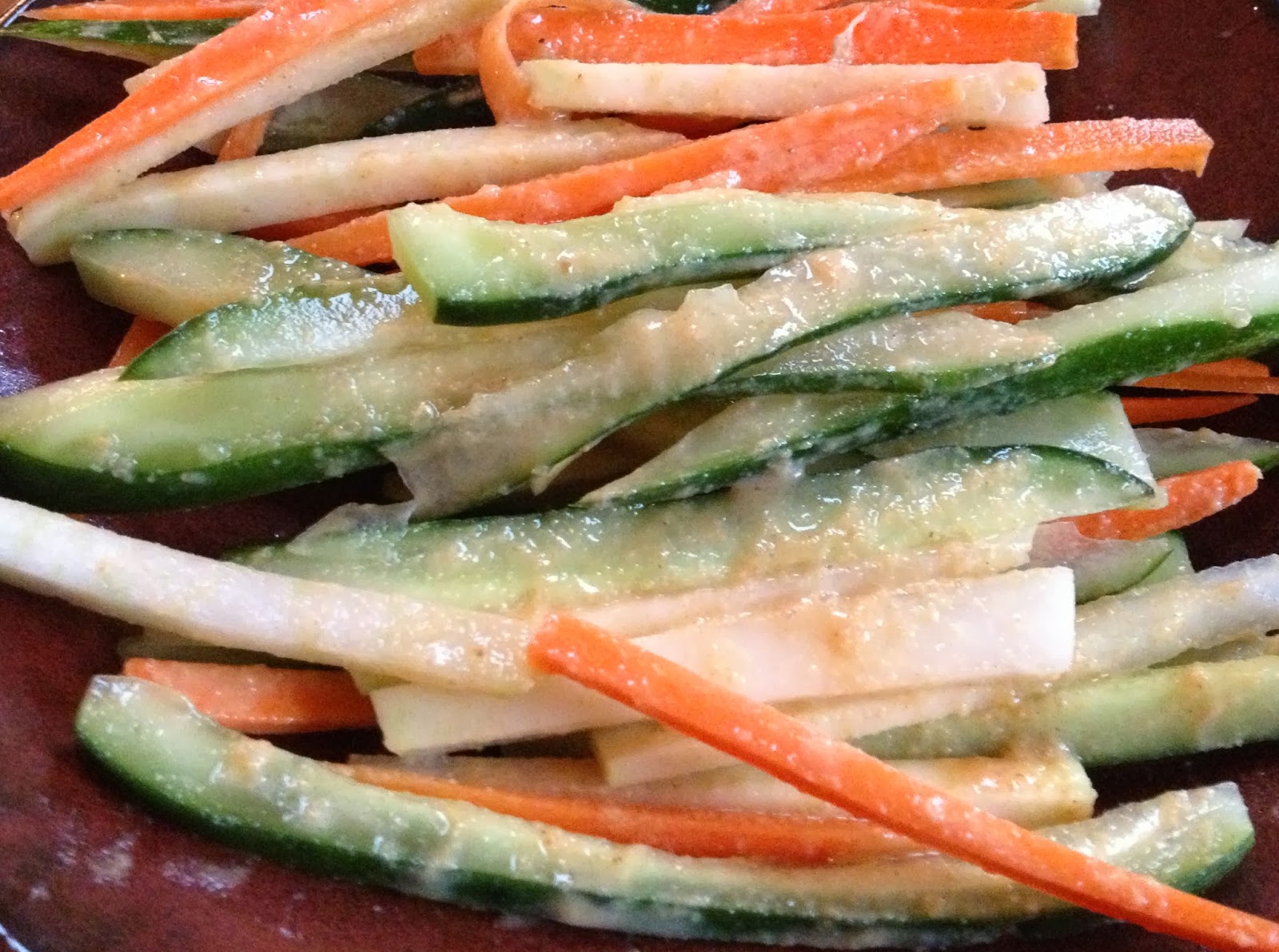Zen and the Art of Blog Maintenance Kayaking
Well, friends, you might be wondering what happened. Why another six-plus moths between blog entries?
It's like this:
The first time I kayaked, ever, I started out in the middle of the Atlantic Ocean. I was in a boat sailed by some friends of friends in northern France, who spoke a dialect of French I didn't know too well. The details of their conversation slipped past me, but somehow it came to one person lowering a kayak into the ocean and me getting into it with him. If I'd had time to think through the situation, or a slightly better command of the language I was speaking, I might have declined and stayed in the sailboat. Luckily, I didn't think or understand too much.
I know this was a profound experience but--or maybe because--I remember very little of it. I don't remember holding a paddle or what I was sitting on or anything that anyone said or didn't say or how I learned to move the boat in any direction at all. I remember color, an immersion in the shifting turquoise and grayer and greener blues of the water as I looked down into it and out over it. I know I was kayaking because I can sort-of feel the water shifting as I see the shifting colors, but I can't separate out the elements of the experience--me, the paddle, the contact with the water. All of these things blend as the colors blend. If I concentrate, I can sense my tiredness after paddling and paddling, and my awe at the vastness of the water I was moving through.
That's it.
This happens. I've got a brain that thinks in big-big-big pictures. I don't know what's what--sometimes for years--when my brain gets going; the scope is too big. I can only watch details slide by and hope to later separate some of them out and assemble them into something that makes sense.
Sometimes this doesn't happen. I had a plan: I was going to tell you more about yogurt. When I tried to write about yogurt, I remembered kayaking. When I tried to say something about the percussion in Nico & Vinz's "Am I Wrong," I lost my thoughts in the colors of the Atlantic.*
At one point, I stopped trying to write about yogurt and wrote myself a little note:
We go along trying to make sense out of things, but is that really the best idea?
I was pretty sure that this note had something to do with yogurt, maybe the combination of yogurt and kayaking, but it wasn't until today that I got a sense of what's going on. Talking with someone about being authentic--being really-really present in our true selves--I came to understand that my brain (maybe I should say my intuition) is onto a different project these days. I'm not quite sure what it's doing, but the project it wants to work on doesn't seem to line up, exactly, with topics of this blog. It wants to write about how people are drawn to each other. And the rest of me needs to follow it--to stay true to it.
I might be able to shift the focus here and keep writing. Or I might direct you to a new project for a while. Keep checking back; I'll let you know. Meanwhile, what can I say, except, to be our really-really present, authentic selves, we have to follow our own heart-mind?
*I should have paid more attention to the lyrics.









